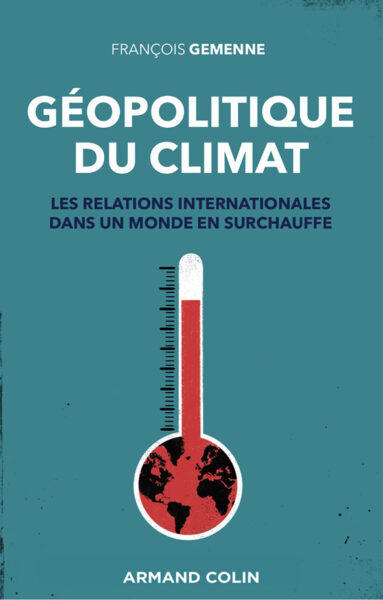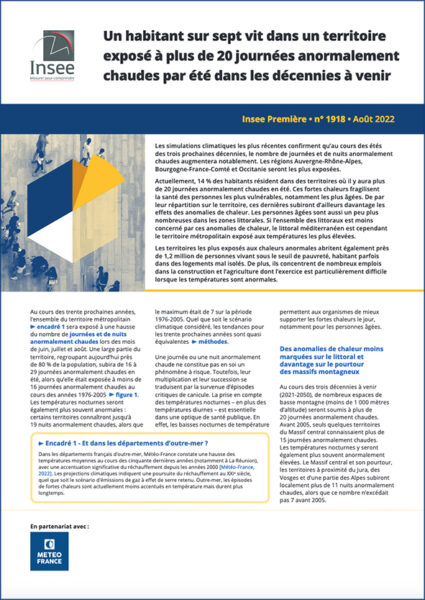The Kyoto Conference in November 1998 led to the adoption of a “protocol” in which certain countries (listed in Annex B) committed themselves to limit their emissions of greenhouse gases. Among the ways that it was thought they might achieve this was by emissions trading, which would allow countries, in addition to the domestic reductions that they had to make, to buy or sell the “right to pollute”, either within a market limited to other Annex B countries or in a world market.
The authors of this article examine how such a system of emissions trading could be established, and what the costs and benefits would be for the different countries under varying conditions.
Having described the methodology, they focus on the results of two simulation models : the POLES model of the Institute of Energy Policy and Economics (IEPE) in Grenoble and the EPPA model of the Massachusetts Institute of Technology (MIT) to demonstrate what the marginal costs of cuts might be. Then they look at the effects of emissions trading, depending on whether the market was limited or worldwide.
The journal Futuribles does not often publish the results of formal simulations based on econometric models. But the methodology is easy to follow and the results are striking: if “rights to pollute” were bought and sold in a competitive market, they could have a major redistributive impact in favour of the countries of the East and South (with rights to sell), while contributing to reducing the gas emissions that threaten the climate’s stability.
Les permis d'émission négociables. Enjeux et perspectives dans le cadre de la négociation sur le climat
Cet article fait partie de la revue Futuribles n° 255, juil.-août 2000



